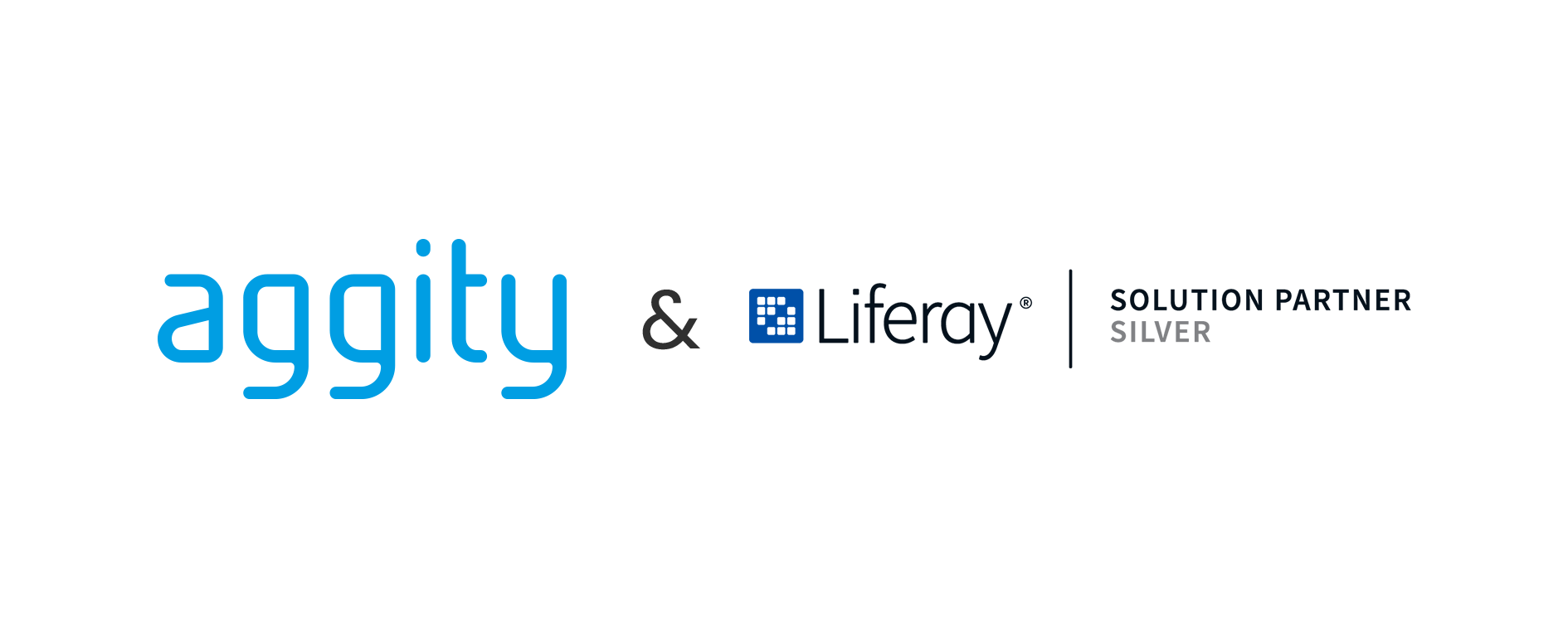Performance Evaluation: Optimize Your Talent with Aggity

In the face of the talent crisis that companies are experiencing, carrying out an employee performance evaluation can be decisive in reducing its effects. We show you how aggity helps organizations optimize talent through efficient performance evaluation.
Tabla de contenidos
ToggleDiscover how to optimize your talent through performance evaluation.
This article shows how to conduct objective and periodic evaluations to measure the professional development of workers. This requires tools such as BesTalent IA by aggity to simplify and streamline the evaluation process, offering a comprehensive view of individual and collective performance.
This modular technology platform for the optimization and deployment of a talent management and HR strategy enables companies to enhance the development of existing talent in the organization, identify areas for improvement and make informed decisions that contribute to achieving business objectives.
Importance of performance appraisal in talent management
One of the key things that HR departments should keep in mind is the importance of establishing a roadmap for conducting an employee performance appraisal. In this sense, it is essential to carry out a 360-degree evaluation that allows establishing clear objectives and identifying the strengths and areas for improvement of each member of the organization.
In this way, global performance indicators are obtained that contribute to achieving organizational objectives and defining individual development plans, as well as making it possible to check how talent optimization can be carried out in order to ultimately improve the organization’s performance.

One of the most notable advantages of performance appraisal is its ability to identify the potential of employees. Through a competency assessment and with the use of aggity’s platform and solutions, HR managers can identify hidden talents that allow employees to unlock their full potential, thus fostering innovation and internal advancement.
Implementation of an effective evaluation system
In order to execute a performance evaluation strategy correctly, it is necessary to take into account a series of realities. Implementing a system to measure job performance must be fair, objective and align the company’s objectives with those of the individual. This optimizes productivity and employee engagement, which will support the growth and sustainable success of any organization.
For this reason, before beginning to establish performance metrics, it is essential to set clear and measurable objectives at both the individual and organizational levels. clear and measurable objectives at both the individual and organizational levels. . These objectives must be specific, achievable and aligned with the company’s mission and vision. In addition, it should be noted that an effective performance appraisal system consists of implementing a culture of feedback in HR, which allows employees to receive regular guidance on their performance and areas for improvement. This allows employees to grow and develop while contributing to the growth of the company.
Identification of key competencies
In establishing the performance appraisal roadmap, it is necessary to thoroughly understand what the requirements of a given position are. This involves breaking down responsibilities, interactions with other teams and the specific demands of the role, identifying the competencies needed to uncover leadership skills or assessing soft skills. The BesTalent IA by aggity solution enables 360-degree assessments, self-assessments or assessments by objectives to determine the competency level of each employee in relation to the established framework.

Overcoming challenges in performance evaluation
Despite the benefits of an in-house performance appraisal, HR departments face several challenges in executing it. Challenges that hold back performance analysis include resistance to change, lack of objectivity or difficulty in providing constructive feedback.
Of these, resistance to change is perhaps the most difficult to combat because employees may be uncomfortable with changes in the way their performance is evaluated. To overcome this resistance it is important to communicating the benefits of evaluations and how this new way of measuring performance will enable improve professional development and skills managementand the possibility of incorporating the employee into the succession plans for different positions, which will not only contribute to increasing business productivity, but also to improving employee well-being.
Últimos posts

aggity strengthens its commitment to sustainability as a SILVER partner of “Fundación Empresa & Clima”.

aggity participates in the IBM Ecosystem Summit 2024 with an applied case of Generative AI in the food industry

Aggity, together with the multinational Fortinet, present an exclusive event in Lima on the application of Generative AI in Corporate Cybersecurity.

aggity participates in Smart Ports: Piers of the Future

aggity Supports the Contigo Foundation at its Annual Dinner

Challenges and Opportunities of Generative AI in Industry: Our Experience at BNEW

Official Liferay Partner in Spain





